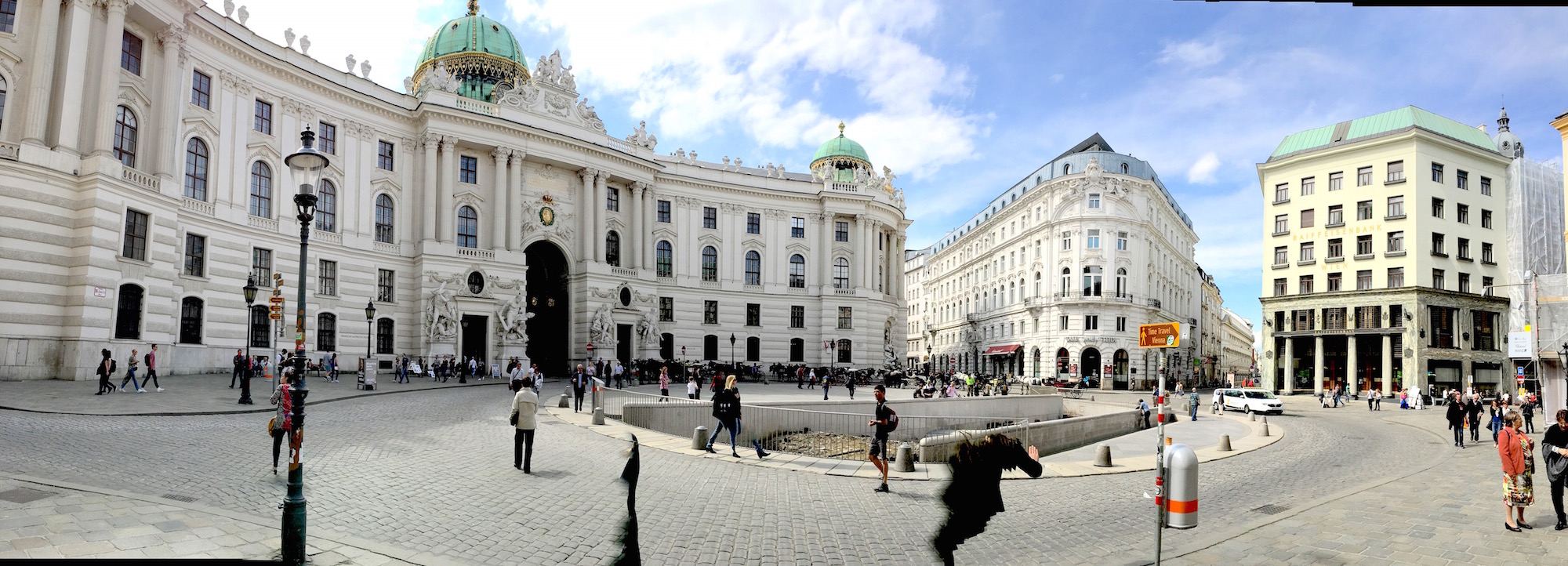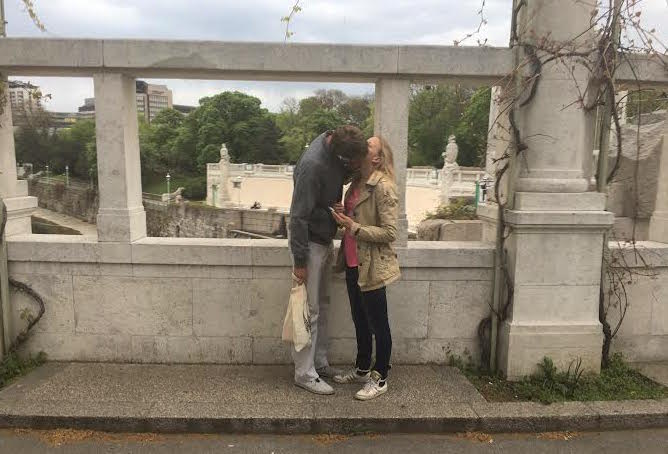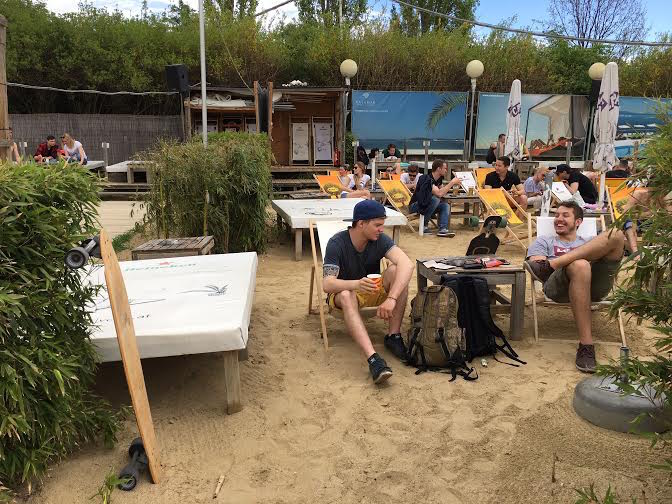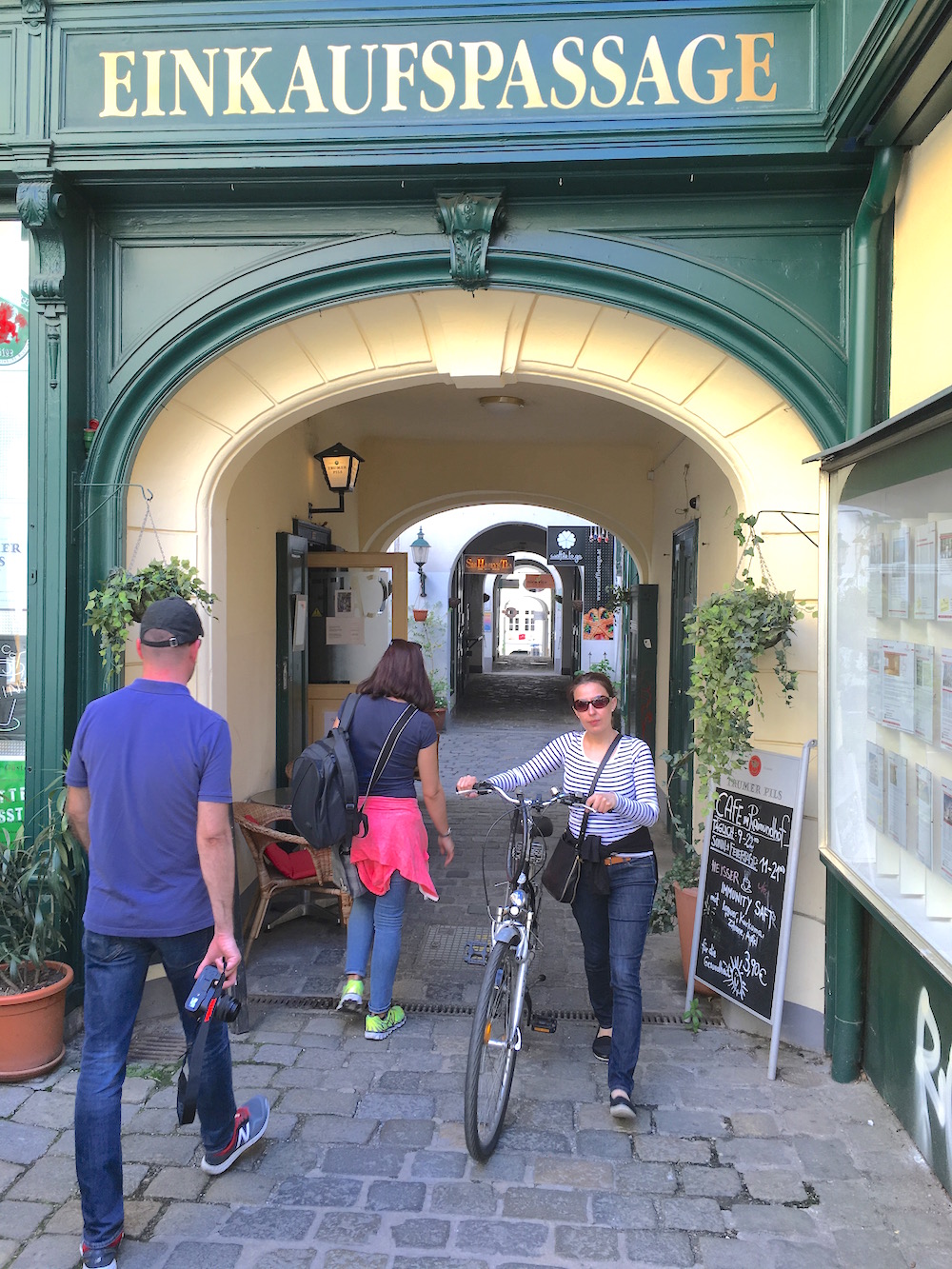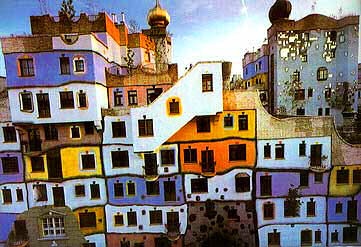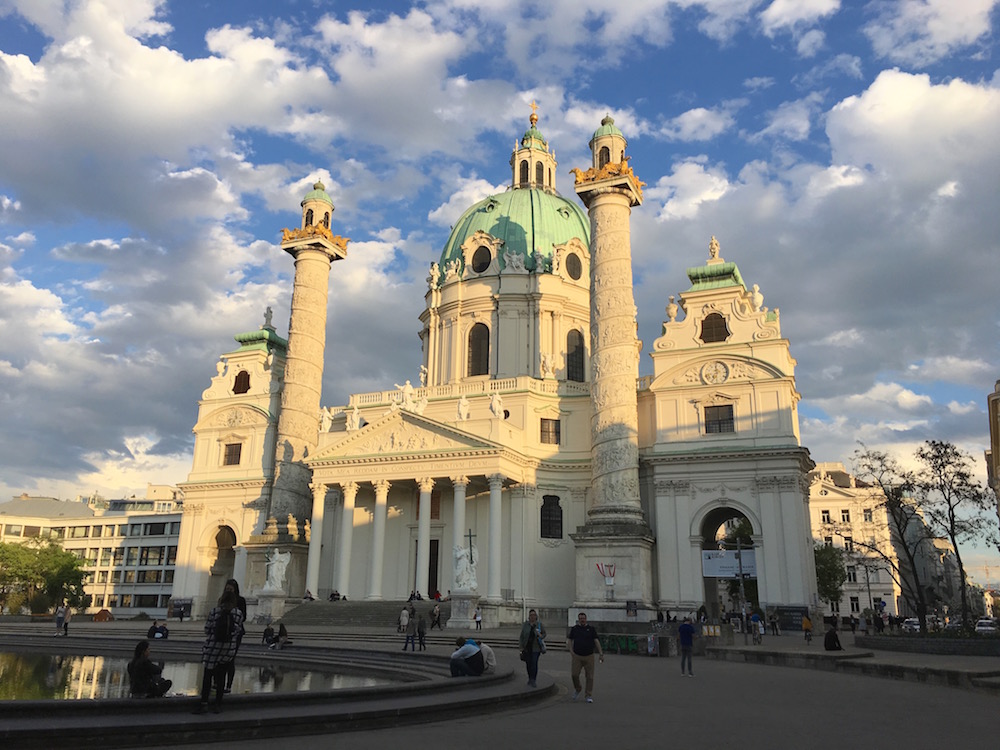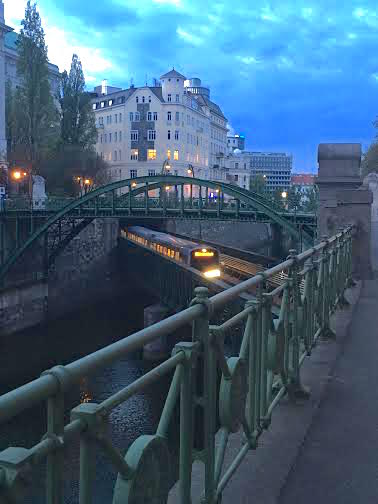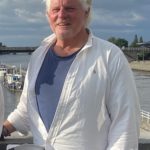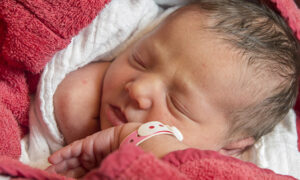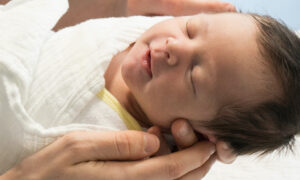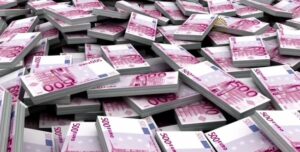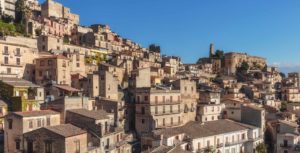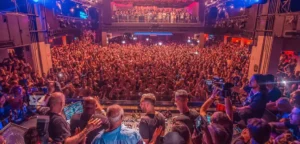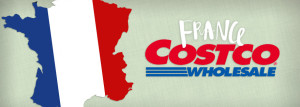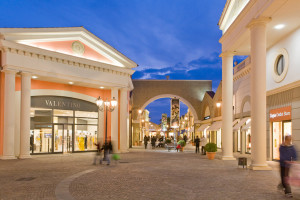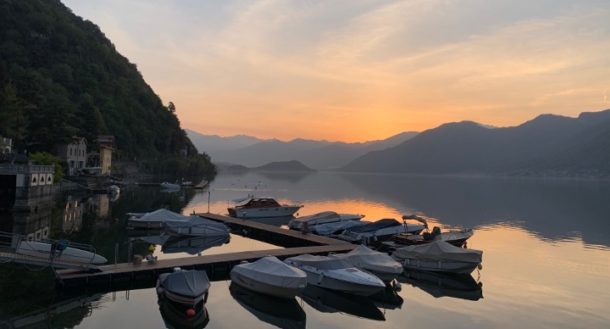(Editor’s note: Excluding the Hundertwasserhaus photo, which is from Pinterest, all photos and video of Vienna are by Terry Boyd, and were taken with an iPhone 6 with 4k video.)
Traveling as an expat is different.
We don’t just fly in and get on a tour bus. We tend to drive in or arrive by train, then stay with friends, colleagues or family. Instead of a bunch of selfie-stick photos, we come away with an impression of real life – the real vitality of the city – after intense immersion. Seriously intense, if we’re lucky.
Paris is elegant. Berlin is big and vital. London is simply overwhelming.
Vienna is the toughest to peg, but there’s a reason it’s No. 1 on Mercer’s global list of cities ranked by quality of life.
Unlike neighboring Germany, three centuries of royal buildings are still intact. All those unimaginably ornate 1,500-room palaces and museums built by the Habsburgs when Vienna was the capital of the Austro-Hungarian Empire are still there and in perfect shape. With its architecture, Viennese coffee houses, opera and high-end shopping, it can be a very formal city.
But see it with a fellow expat like I did, the impression you come away with is one of perpetual motion. Everyone – young and old – is going somewhere exciting all the time. To the opera, even if they have to sit with the overflow crowd in the outside seating. To the restaurants. To the beach clubs down along the Donaukanal. Biking, walking, running, dancing, kissing and lounging.
I visited Dispatches colleagues Ivana Avramovic and her sister, Nina Avramovic Trninić’ on a warm April weekend, my second trip to Vienna in a year. The first visit was too brief, and I came away thinking of Vienna as sort of the last-stop haute bourgeoise bastion … the last chance for over-priced pastries in gilded rooms with vaulted ceilings before passing into the less affluent former Soviet Bloc countries such as the Czech Republic.
Opulent, but staid.
This time, I got to see the real Vienna. Which – to use colloquial English – rocks. People are seeking something here. Something like … bliss. And Vienna has a lot of ways to satisfy that itch.
“Ask an artsy person what they love about Vienna and you get the arts scene,” Ivana said. “If you ask an outdoorsy person, they say the Danube, or the island in the Danaukanal. If you ask a cultural person, they say the opera and concerts. It depends on who you ask. I think that is what’s amazing about Vienna.
“You get all that. “
Not only that, if you don’t go crazy, Vienna is more affordable than, say, Paris. The first night, we hit Ribs of Vienna, a place packed-out with cool kids in the rathskeller of an 18th Century building. The crew was super friendly and found a spot for us at a banquette on an SRO Friday night.
We split a serving of ribs and all the side dishes, and could barely finish it. Our total bill: Less than 30 euros with wine. Then, we walked down to the Caribbean-style bars on the sandy beach of Herrmann Park and drank 5 euro Cuba Libres. (Yes, Vienna has its own tropical beach, and it attracts beautiful people all summer long starting in May.)
Then the rest of the trip, we were on bikes or on the metro just roaming the city at will.
“You can have the historic. You can have the outdoors,” Ivana says. “Me personally – I love that I have both at my fingertips … the urban and the nature.”
Here are our recommendations for a great few days in Vienna:
• Biking along the Danube. This gives you a different impression of what first appears to be a Baroque city. Yes, the river is beautiful, but the development along it is a bit gritty and mostly contemporary. Across the Danube is the futuristic (well, it was when built in the 1970s) Vienna International Centre, one of the largest collections of United Nations organizational offices in the world. It’s a bit jarring to see a Manhattan-like skyline just across from a regal Old City.
In the Viennese tradition, there’s so much to do along the Danube from bouncing on trampolines at Danube Jumping, the world’s largest floating trampoline park, to hanging out at “beach bars” with DJs to water skiing around a mechanized course. (Look for a post as we get closer to summer.)
• Biking along the Donaukanal, an old shipping canal off the Danube River that’s now a recreation area, is show unto itself. Everyone is there including inspired graffiti artists. “I love the graffiti along the Donaukanal Canal,” says Ivana.
• Hunderdvasserhaus. Vienna has centuries of architecture. But this is relatively new construction, dating only from 1985. (Yes, Ivana knows every detail and takes all her friends there.)
The Hundertwasserhaus is a funky apartment house designed by artist Friedensreich Hundertwasser with architect Joseph Krawina as a collaborator. It’s kind of remote in the Landstraße district on the corner of Kegelgasse and Löwengasse. The first thing you notice is, the complex has trees and plants sprouting from the balconies and roof. The second thing you notice is, Hundertwasserhause looks like it was designed by Dali and built by Gropius.
Ivana adores it. “I love the philosophy. The urban environment with the nature,” she says. “We need plants, not just concrete.”
• Ivana says parks in Vienna are great. Her favorite is the Stadtpark. For a city of 1.7 million, there’s a surprising amount of green space.
• Das Loft, the bar/restaurant on the top floor of the Vienna Sofitel Stephansdom hotel. On my visit last June, it was full of rich middle-aged Russian men and their 20-something fashion-model girlfriends. (Ivana says it was a weird night, but I dunno’.) The is Vienna’s most atypical joint, and it has the best music and views of the city at night.
• Café Central at Herrengasse 14 in the chi-chi Innere Stadt first district. “I’m not a sweets person, but the pastries are so nice and visually appealing,” Ivana says. “There are long lines and you don’t get the friendliest waiters.” But it’s the definitive Viennese experience.
• Speaking of Cafe Central, it has attracted celebrities of all stripes because Vienna has always been a refuge for academics, philosophers, revolutionaries and scoundrels. The BBC has this post about 1913, the year when Hitler, Trotsky, Tito, Freud and Stalin all lived here and hung out at the same places including Cafe Central.
• Okay, here’s where we give you our gratuitous list of museums, churches and cathedrals. Honestly, we didn’t go to any of these (except passing on the way to somewhere else) because there were bikes to ride, friends to meet, music to hear, and beer to drink all over town. But we get it … some people – you know who you are – want to live the culture.
Schönbrunn Palace was the summer residence of emperors. Empress Sisi, Franz Joseph’s queen, was fond of strolling through the palace grounds, according to Austria Arrive and Revive, Austria’s official tourism website. The gardens of the Baroque Belvedere Palace, built as the summer residence for Prince Eugene of Savoy, “are striking for their tiered fountains and sculptures.” Checked it off the list. Beautiful. Moving on ….
Actually, we did go into the Museumquartier courtyard area surrounded by mumok – Viennese shorthand for “MUseum MOderner Kunst” (Museum of Modern Art), and Leopold’s Museum, which has some Klimts. Close to it are the immense twin museums – the Art History and the Natural History – built by (surprise!) Franz Josef.
And I really, really wanted to see the Klimts at the Belvedere, which has one of the greatest collections in the world. But then we forgot all about it when the sun came out and it hit 70 degrees ….
• This is my tip: The Vienna Haupbahnhof (main railroad station) is a captivating and inviting place. It just opened in 2014, and it has everything from bookstores to supermarkets to great restaurants to a Starbucks. I don’t generally recommend hanging around train stations for security reasons, but this one is worth passing through just for the shopping. (Friends who live there says no need to worry:. “You’re probably safer there than in other parts of the city.”)
Ivana travels for work to some of Europe’s largest cities. She rates Vienna’s transportation matrix as tops. “Compared to London, London is much larger but Vienna has very good public transport infrastructure. In London, sometimes you have to let three trains load before you can squeeze yourself into one. In Vienna, (metro) trains are larger and the stations more spacious. Access is easier for disabled people.
“For a major city, it’s just really easy and convenient,” says Ivana, who lives in an apartment in the 10th District, and on the border of the Fourth. Though Ivana eschews taxis and cars in general, Vienna – unlike a lot of European countries – has a ton of car-sharing services including Austin-based Car2go.
There are a million places to rent bikes. This tourism website has a good list. There’s also City Bike Wien, with 120 stations across Vienna where you can pick up and drop off a bike.
A lot of things you can do on foot. Ivana purposely chose an apartment near the Wein Haupbahnhof because the shopping and restaurant streets in the heart of the city are less than a 30-minute walk. In the final analysis, Vienna seems underrated among Europe’s top destination cities.
In fact, it gets my highest rating: I could live there.
Co-CEO of Dispatches Europe. A former military reporter, I'm a serial expat who has lived in France, Turkey, Germany and the Netherlands.


